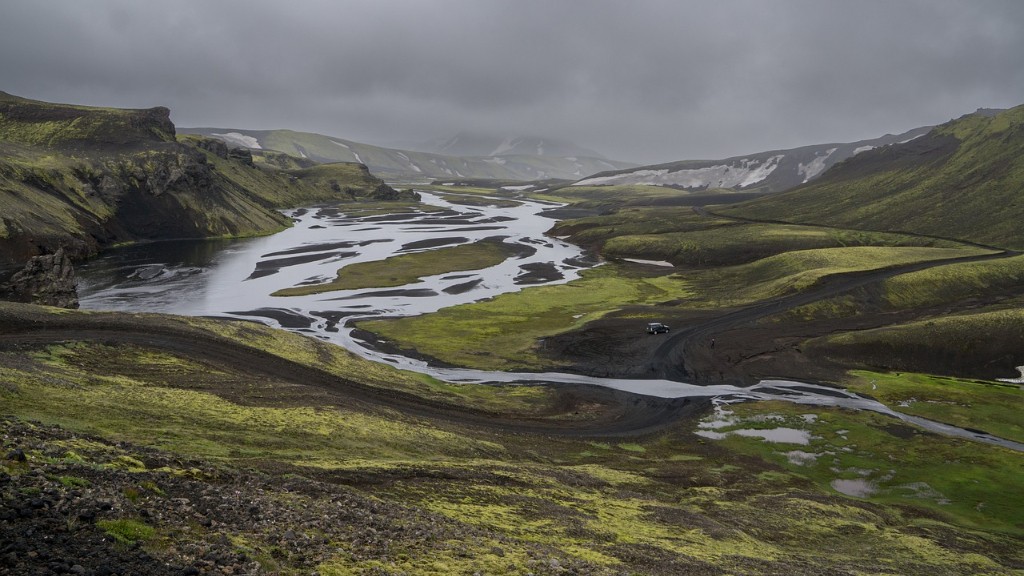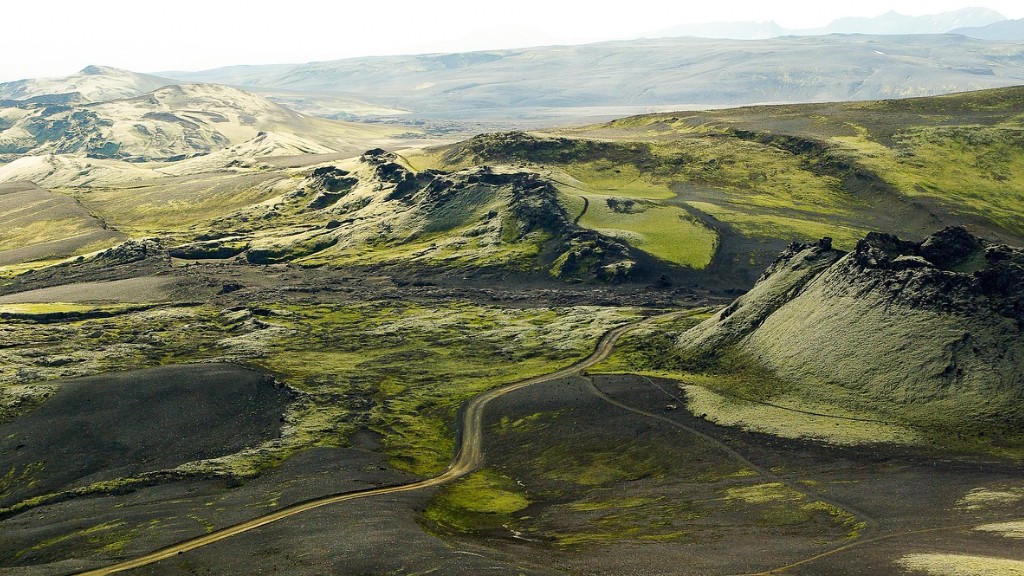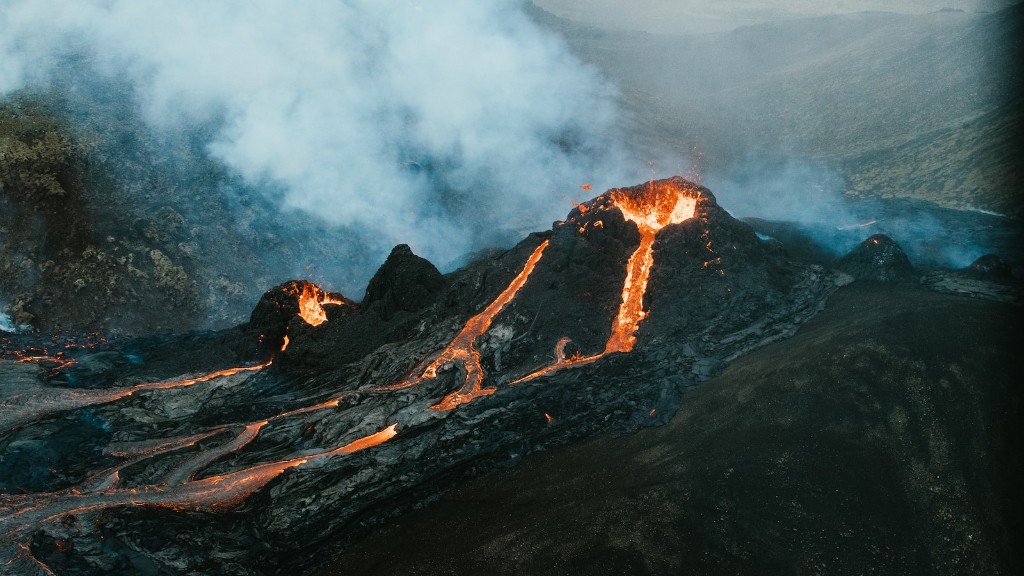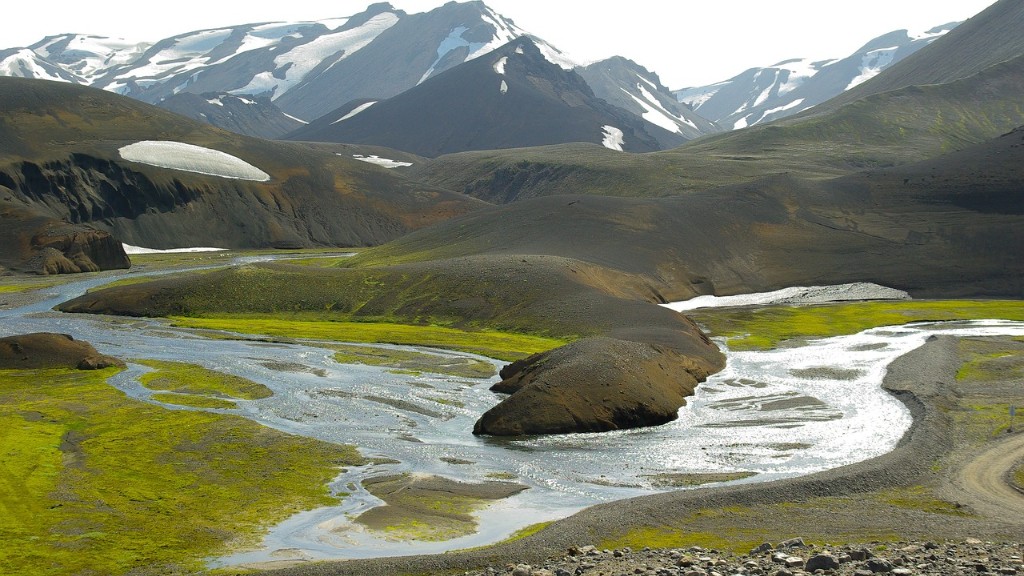“`html
Black Sand Beach Iceland Distance from Reykjavik
When it comes to breathtaking natural wonders, Iceland never fails to disappoint. One such wonder is the black sand beach, located just outside the capital city of Reykjavik. This unique beach is not only a stunning sight to behold but also offers a fascinating geological history.
The distance from Reykjavik to the black sand beach varies depending on the route taken. The quickest way to reach the beach is by driving along Route 1, also known as the Ring Road, which wraps around the country. From Reykjavik, it is approximately a 2.5-hour drive to reach the beach, making it an easily accessible destination for a day trip.
Black sand beaches get their distinctive color from volcanic minerals, specifically basalt. These beaches are formed when volcanic lava reaches the ocean and cools rapidly, shattering into small fragments. Over time, these fragments are ground into fine black sand by the constant motion of the waves.
While the black sand beach may look serene, it is important to exercise caution when visiting. The North Atlantic can be quite unpredictable, and powerful waves often crash on the shore. Visitors should pay attention to warning signs and avoid going too close to the water. Additionally, the beach is known for its strong currents, so swimming is not recommended.
Aside from the stunning black sand, the beach is also home to several rock formations. The most famous of these formations is the Reynisdrangar sea stacks, towering basalt columns that rise dramatically from the ocean. According to Icelandic folklore, these formations were once trolls who turned to stone when caught by the rising sunlight.
From a photography standpoint, the black sand beach is a dream come true. The contrasting colors of the black sand, white waves, and rugged cliffs create a dramatic backdrop for any shot. The beach also offers the chance to capture the unique geological features up close, making it a favorite among both amateur and professional photographers.
Exploring Other Attractions Near the Black Sand Beach
The black sand beach is just the tip of the iceberg when it comes to natural beauty in the area. Here are a few other attractions that are worth exploring during your visit:
1. Dyrhólaey Peninsula
Located just east of the black sand beach, the Dyrhólaey Peninsula offers breathtaking panoramic views and is known for its iconic arch and lighthouse. It is also a popular spot for bird watching, with puffins being a common sight during the summer months.
2. Skógafoss Waterfall
A short drive east from the black sand beach will take you to Skógafoss, one of the most spectacular waterfalls in Iceland. With a drop of 60 meters, this majestic waterfall is a favorite spot for photographers and nature enthusiasts alike.
3. Vík í Mýrdal
The small town of Vík í Mýrdal is located near the black sand beach and is known for its charming church, traditional Icelandic homes, and stunning views of the surrounding landscape. It is worth taking a stroll through the town and immersing yourself in the local culture.
4. Sólheimajökull Glacier
For those looking for an adventure, a visit to the nearby Sólheimajökull Glacier is a must. Guided tours are available, allowing visitors to explore the stunning ice formations and even try their hand at ice climbing.
Best Time to Visit the Black Sand Beach
The black sand beach can be visited year-round, but the best time to experience it is during the summer months, from June to August. During this time, the weather is milder, and the days are longer, providing ample opportunities to explore the beach and its surrounding attractions.
It is important to note that Iceland’s weather can be quite unpredictable, even during the summer. It is advisable to check the weather forecast and dress in layers to stay comfortable throughout your visit.
Preserving the Beauty of the Black Sand Beach
As with any natural wonder, it is crucial to preserve the beauty of the black sand beach for future generations to enjoy. Visitors are encouraged to follow these guidelines:
- Do not leave any trash behind. Take everything with you when you leave.
- Respect the wildlife and flora in the area. Do not disturb or remove any plants or animals.
- Stay on designated paths and trails to avoid damaging the fragile ecosystem.
- Be mindful of other visitors and maintain a reasonable distance to ensure everyone’s safety and enjoyment.
By practicing these guidelines, we can all contribute to the long-term sustainability and preservation of this natural wonder.
Conclusion
The black sand beach in Iceland, located a short distance from Reykjavik, is a mesmerizing destination worth exploring. With its unique geological features, including the black sand and Reynisdrangar sea stacks, it offers visitors a chance to witness the power and beauty of nature. Along with the beach, the surrounding area boasts other attractions like the Dyrhólaey Peninsula, Skógafoss Waterfall, Vík í Mýrdal, and Sólheimajökull Glacier. Whether you visit during the summer months or any other time of the year, remember to respect and preserve this natural wonder for future generations.
“`
Markdown Text:
# Black Sand Beach Iceland Distance from Reykjavik
When it comes to breathtaking natural wonders, Iceland never fails to disappoint. One such wonder is the black sand beach, located just outside the capital city of Reykjavik. This unique beach is not only a stunning sight to behold but also offers a fascinating geological history.
The distance from Reykjavik to the black sand beach varies depending on the route taken. The quickest way to reach the beach is by driving along Route 1, also known as the Ring Road, which wraps around the country. From Reykjavik, it is approximately a 2.5-hour drive to reach the beach, making it an easily accessible destination for a day trip.
Black sand beaches get their distinctive color from volcanic minerals, specifically basalt. These beaches are formed when volcanic lava reaches the ocean and cools rapidly, shattering into small fragments. Over time, these fragments are ground into fine black sand by the constant motion of the waves.
While the black sand beach may look serene, it is important to exercise caution when visiting. The North Atlantic can be quite unpredictable, and powerful waves often crash on the shore. Visitors should pay attention to warning signs and avoid going too close to the water. Additionally, the beach is known for its strong currents, so swimming is not recommended.
Aside from the stunning black sand, the beach is also home to several rock formations. The most famous of these formations is the Reynisdrangar sea stacks, towering basalt columns that rise dramatically from the ocean. According to Icelandic folklore, these formations were once trolls who turned to stone when caught by the rising sunlight.
From a photography standpoint, the black sand beach is a dream come true. The contrasting colors of the black sand, white waves, and rugged cliffs create a dramatic backdrop for any shot. The beach also offers the chance to capture the unique geological features up close, making it a favorite among both amateur and professional photographers.
## Exploring Other Attractions Near the Black Sand Beach
The black sand beach is just the tip of the iceberg when it comes to natural beauty in the area. Here are a few other attractions that are worth exploring during your visit:
### 1. Dyrhólaey Peninsula
Located just east of the black sand beach, the Dyrhólaey Peninsula offers breathtaking panoramic views and is known for its iconic arch and lighthouse. It is also a popular spot for bird watching, with puffins being a common sight during the summer months.
### 2. Skógafoss Waterfall
A short drive east from the black sand beach will take you to Skógafoss, one of the most spectacular waterfalls in Iceland. With a drop of 60 meters, this majestic waterfall is a favorite spot for photographers and nature enthusiasts alike.
### 3. Vík í Mýrdal
The small town of Vík í Mýrdal is located near the black sand beach and is known for its charming church, traditional Icelandic homes, and stunning views of the surrounding landscape. It is worth taking a stroll through the town and immersing yourself in the local culture.
### 4. Sólheimajökull Glacier
For those looking for an adventure, a visit to the nearby Sólheimajökull Glacier is a must. Guided tours are available, allowing visitors to explore the stunning ice formations and even try their hand at ice climbing.
## Best Time to Visit the Black Sand Beach
The black sand beach can be visited year-round, but the best time to experience it is during the summer months, from June to August. During this time, the weather is milder, and the days are longer, providing ample opportunities to explore the beach and its surrounding attractions.
It is important to note that Iceland’s weather can be quite unpredictable, even during the summer. It is advisable to check the weather forecast and dress in layers to stay comfortable throughout your visit.
## Preserving the Beauty of the Black Sand Beach
As with any natural wonder, it is crucial to preserve the beauty of the black sand beach for future generations to enjoy. Visitors are encouraged to follow these guidelines:
– Do not leave any trash behind. Take everything with you when you leave.
– Respect the wildlife and flora in the area. Do not disturb or remove any plants or animals.
– Stay on designated paths and trails to avoid damaging the fragile ecosystem.
– Be mindful of other visitors and maintain a reasonable distance to ensure everyone’s safety and enjoyment.
By practicing these guidelines, we can all contribute to the long-term sustainability and preservation of this natural wonder.
## Conclusion
The black sand beach in Iceland, located a short distance from Reykjavik, is a mesmerizing destination worth exploring. With its unique geological features, including the black sand and Reynisdrangar sea stacks, it offers visitors a chance to witness the power and beauty of nature. Along with the beach, the surrounding area boasts other attractions like the Dyrhólaey Peninsula, Skógafoss Waterfall, Vík í Mýrdal, and Sólheimajökull Glacier. Whether you visit during the summer months or any other time of the year, remember to respect and preserve this natural wonder for future generations.




